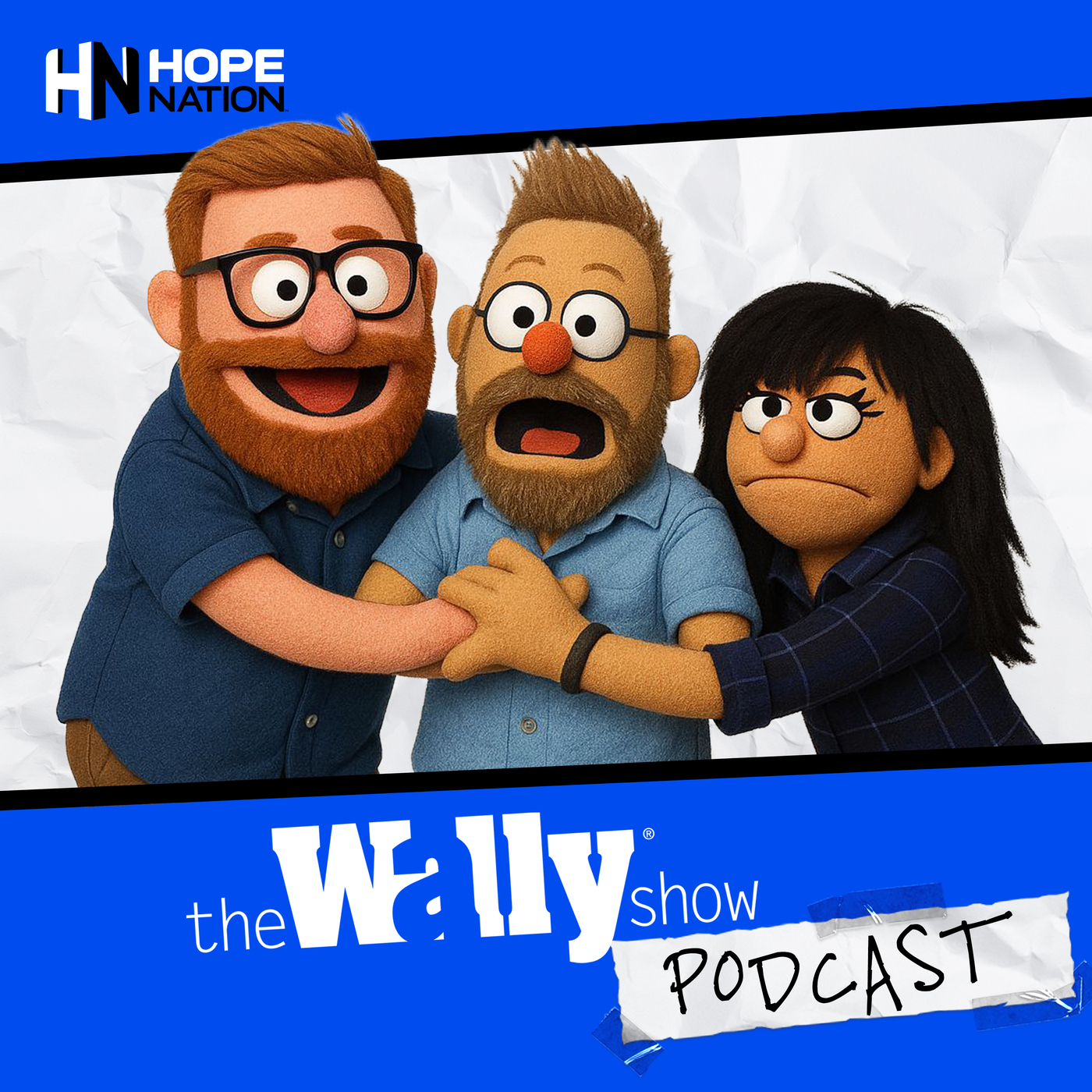Doctors Called It Divine Intervention! Anita Moorjani’s Near-Death Experience, Unexplainable Cancer Recovery & Her Message of Hope
Anita Moorjani Near-Death Experience and Rapid Cancer Recovery
Anita Moorjani’s story describes an extraordinary arc: a stage IVB lymphatic cancer diagnosis, organ failure and a clinically verified coma, followed by a near-death experience that she says dissolved fear, revealed life-pattern insights, and coincided with a dramatic medical turnaround. Within weeks of waking, scans reported no detectable cancer. This episode explores the inner experience she describes, the cultural and medical backdrop that framed her illness, and the practical implications for how people think about healing, meaning, and care.
From Stage IVB Lymphoma to Coma: clinical details and timeline
Moorjani chronicles nearly four years of treatment that culminated in severe organ failure and an emaciated body dependent on oxygen. Clinicians told her family she had hours to live. She remained clinically comatose for about 30 hours. During that time she reports an awareness outside her body, accurate perceptions of hospital conversations, and vivid impressions about friends and family. Remarkably, medical follow-up documented tumor regression to the point of undetectability within roughly three to five weeks after she regained consciousness.
Life review and unconditional love as central healing experiences
At the core of her account is a life review that emphasized how she had repeatedly sacrificed personal needs for others and suppressed boundaries. In that non‑physical state she reports an all-encompassing, unconditional love and a sudden, liberating clarity about who she was and what mattered. This shift in self‑perception—moving from shame and people-pleasing into acceptance and self-love—became the psychological pivot she credits with catalyzing rapid recovery.
Ayurvedic immersion, cultural pressures, and reclaiming agency
Before the coma, Moorjani spent time in India practicing Ayurveda and following a consistent diet and routine that she found stabilizing. She contrasts that immersion—consistent, culturally coherent healing rituals—with the confusion of mixing Western and Eastern opinions back home. She also traces earlier life patterns: an upbringing that enforced rigid gender roles, a broken engagement, and caregiving dynamics that encouraged self-erasure. Those social and cultural contexts framed the emotional stress she later recognized during her near-death review.
What this narrative offers patients, caregivers, and clinicians
- Emotion and immunity are linked: Moorjani’s account highlights emotional patterns like chronic people-pleasing and shame as meaningful variables in a health story.
- Consistency in care matters: She credits the sustained Ayurvedic routine for restoring energy and easing lymphatic symptoms before the coma.
- Experience can defy explanation: Clinicians who examined her noted an absence of clear physiological cause for the sudden remission, inviting questions across medicine and consciousness studies.
Practical takeaways and next steps
Listeners should consider concrete steps: establish boundaries, cultivate consistent restorative practices, and pay attention to relational stressors that persist over years. While Moorjani’s story is singular and not a clinical prescription, it invites reflection about how meaning, love, and self-acceptance interact with medical care. The episode also sets up part two, which promises detailed accounts of her return to the body, interactions with medical staff, and how she now shares her insights publicly.
Whether you approach this story as spiritual testimony, a puzzling medical case, or both, it raises durable questions about the limits of material explanation and the ways inner transformation can change how a life is lived. Anita Moorjani’s journey is a vivid invitation to examine how we live, how we love, and how we cultivate the conditions that allow life to flourish.
Key points
- Document the emotional patterns linking sustained stress to chronic illness and prioritize clear personal boundaries.
- Track consistent healing routines, like Ayurvedic dietary practices, to stabilize energy and lymphatic function.
- Recognize sudden shifts in fear and self-acceptance as potential catalysts for psychological and physical change.
- Note that clinicians verified a clinical coma and later reported tumors became undetectable within weeks.
- Use life-review insights to identify where people-pleasing and suppressed needs shaped health outcomes.
- Encourage caregivers to balance support with respect for the ill person’s autonomy and self-care.
- Consider integrating culturally coherent practices rather than mixing contradictory medical advice inconsistently.
FAQ
Was Anita Moorjani clinically in a coma during this experience?
Yes; medical staff recorded a clinical coma lasting about thirty hours while she reports sustained conscious awareness outside her body.
How quickly did doctors report cancer regression after she regained consciousness?
Scans showed tumors shrinking and became undetectable within roughly three to five weeks after she awoke, prompting medical curiosity.
Did Ayurvedic practices play a role in her recovery?
She credits a consistent Ayurvedic routine with improving energy and lymphatic symptoms before the coma, highlighting the benefit of coherent care practices.
What psychological shift did she describe during the experience?
She experienced a profound release of fear, an overwhelming sense of unconditional love, and a life review revealing patterns of people-pleasing and suppressed needs.




